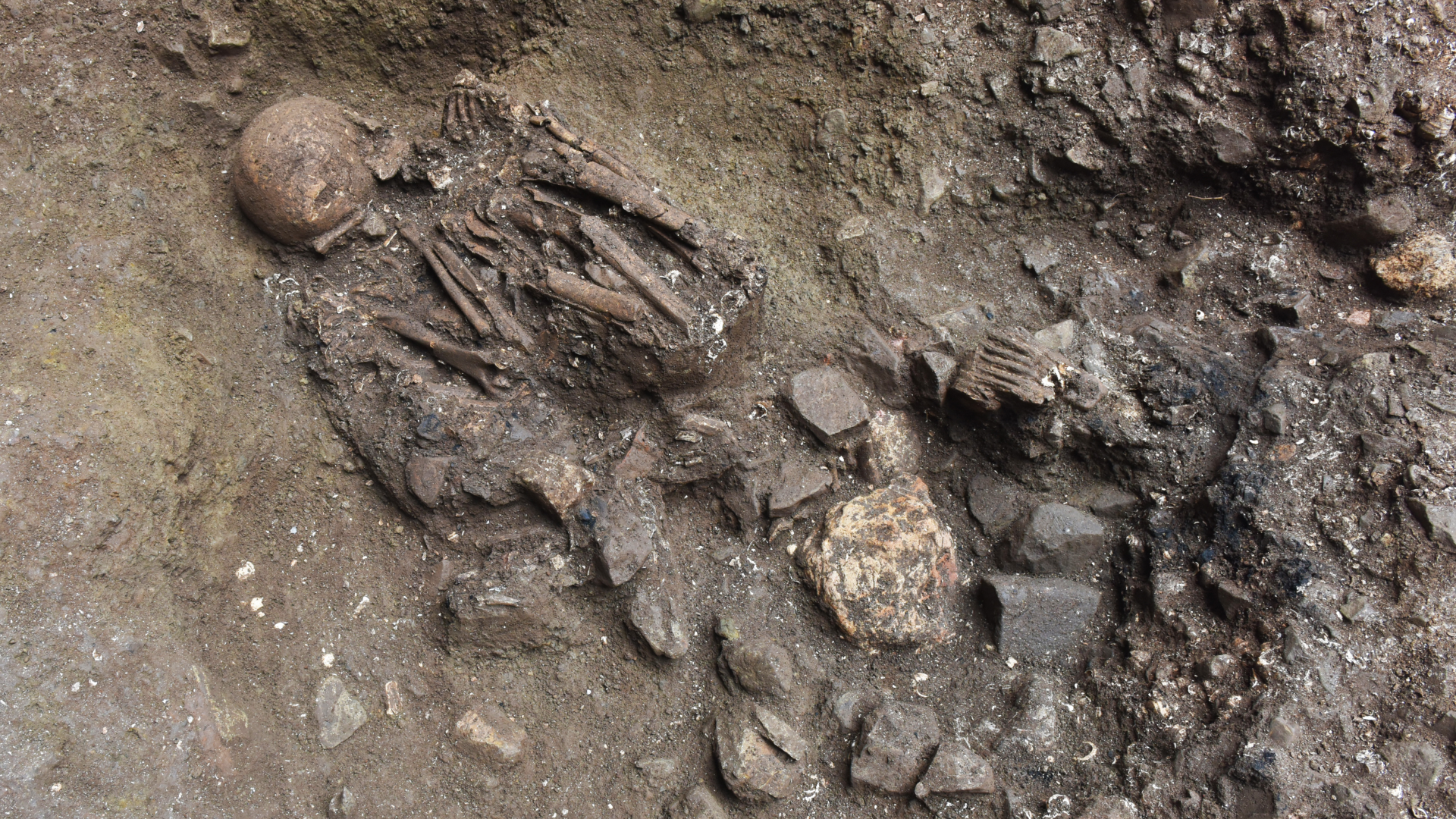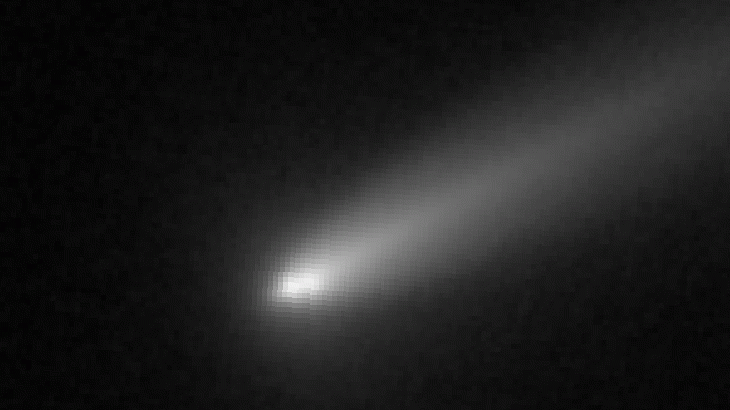Newly discovered 'ghost' lineage linked to ancient mystery population in Tibet, DNA study finds
A study of more than 100 genomes from people who lived in ancient China has unmasked a "ghost" in their midst.

A 7,100-year-old skeleton from China has revealed a "ghost" lineage that scientists had only theorized about until now, a new study finds.
Researchers made the discovery while studying ancient skeletons that could help them map the diverse genetics of central China. The DNA of this ghost lineage individual, an Early Neolithic woman who was buried at the Xingyi archaeological site in southwestern China's Yunnan province, also holds clues to the origins of Tibetan people.
"There likely were more of her kind, but they just haven't been sampled yet," study co-author Qiaomei Fu, a paleontologist at the Institute of Vertebrate Paleontology and Paleoanthropology in Beijing, told Live Science in an email.
Fu and colleagues detailed their analysis of 127 human genomes from southwestern China in a study published May 29 in the journal Science. Most of the skeletons that they sampled were dated between 1,400 and 7,150 years ago and came from Yunnan province, which today has the highest ethnic and linguistic diversity in all of China.
"Ancient humans that lived in this region may be key to addressing several remaining questions on the prehistoric populations of East and Southeast Asia," the researchers wrote in the study. Those unanswered questions include the origins of people who live on the Tibetan Plateau, as previous studies have shown that Tibetans have northern East Asian ancestry along with a unique ghost ancestry that has mystified researchers.
The oldest person the researchers tested was found to be the missing link between Tibetans and the ghost' lineage.
Get the world’s most fascinating discoveries delivered straight to your inbox.
Ghost hunters
At the Xingyi archaeological site in central Yunnan, dozens of burials were discovered that dated from the Neolithic period (7000 to 2000 B.C.) to the Bronze Age (2000 to 770 B.C.). Beneath all the other burials, archaeologists found a female skeleton with no grave goods. Carbon dating revealed she lived about 7,100 years ago, and isotope analysis of her diet showed she was probably a hunter-gatherer.
But genomic analysis of the woman, who has been named Xingyi_EN, was a surprise: her ancestry was not very similar to East and South Asians but was closer to a "deeply diverged" Asian population whose genes contributed to the ghost population only seen in modern Tibetans.
A "ghost population" refers to a group of people who were not previously known from skeletal remains but whose existence has been inferred through statistical analysis of ancient and modern DNA.
The mystery ancestry seen in Xingyi_EN does not match Neanderthals or Denisovans, both well-known ancient populations that did contribute some "ghost" DNA to humans. Rather, Xingyi_EN is evidence of a previously unknown lineage that diverged from other humans at least 40,000 years ago, according to the researchers, and has been named the Basal Asian Xingyi lineage.
For thousands of years, the lineage was separated from other human groups, meaning there was no admixture — interbreeding that would mix their DNA. "The possible isolation allowed this ancestry to persist without apparent admixture with other populations," Fu said.
But at some point, Xingyi_EN's relatives did interbreed with other groups of East Asian ancestry, mixing DNA. "The mixed population has lasted for quite a long time and contributed genes to some Tibetans today," Fu explained.
However, these results should be taken with caution, the researchers noted in the study. Given the genetic evidence comes from just a single person, further research is needed to fully understand the relationship between Xingyi_EN and the Tibetan ghost lineage.
Stone Age quiz: What do you know about the Paleolithic, Mesolithic and Neolithic?

Kristina Killgrove is a staff writer at Live Science with a focus on archaeology and paleoanthropology news. Her articles have also appeared in venues such as Forbes, Smithsonian, and Mental Floss. Kristina holds a Ph.D. in biological anthropology and an M.A. in classical archaeology from the University of North Carolina, as well as a B.A. in Latin from the University of Virginia, and she was formerly a university professor and researcher. She has received awards from the Society for American Archaeology and the American Anthropological Association for her science writing.
You must confirm your public display name before commenting
Please logout and then login again, you will then be prompted to enter your display name.
